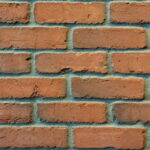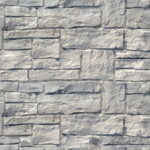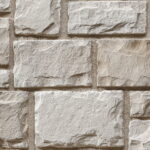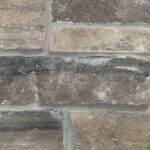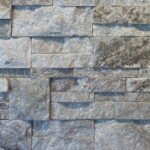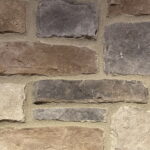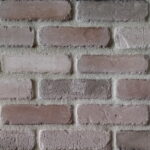Skirting Board – What is It, Types and Materials
The skirting board (also baseboard) is an element that covers the joint between the floor and the wall and provides both a smoother transition between the two surfaces and protection of the lower part of the wall.
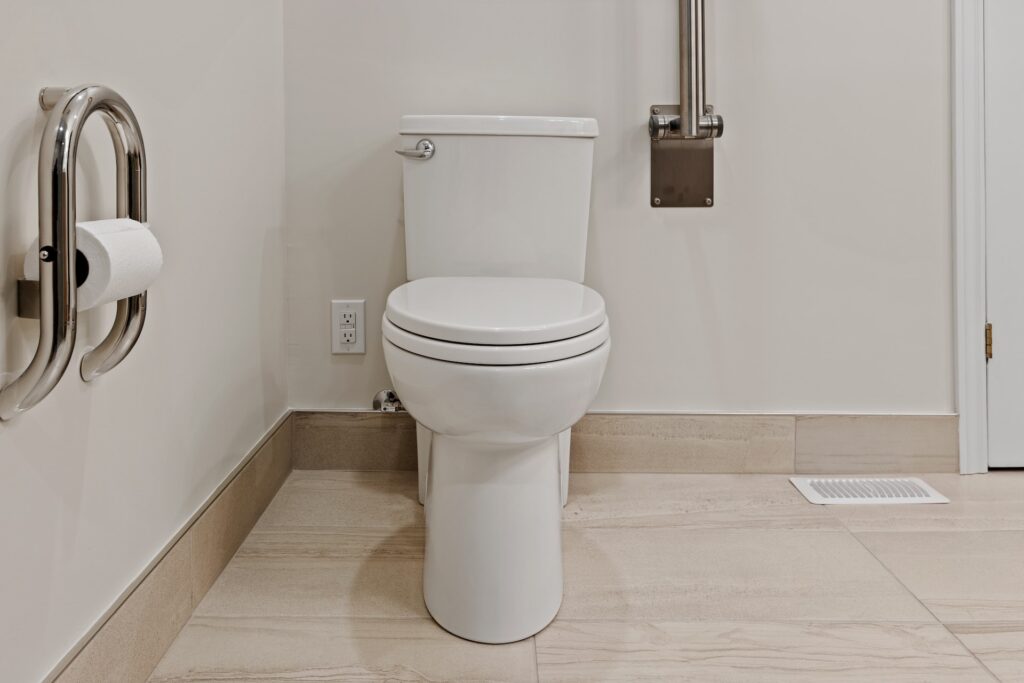
The market offers a wide variety of skirting boards in different colors, sizes, shapes and textures, made of a variety of materials, suitable for different rooms, indoor and outdoor installation – stone, metal, plastic, ceramics, and many others. In this article, we will present the main types of skirting boards suitable for the bathroom, according to the material from which they are made. The skirting board (also baseboard) is an element that covers the joint between the floor and the wall and provides both a smoother transition between the two surfaces and protection of the lower part of the wall from pollution, impacts with various objects, etc. In this way, it fulfills both a practical function (protects the wall, provides a place for hidden cables, etc.) and an aesthetic one (hides uneven joints, serves as a more pleasing to the eye transition between the different colors and textures of the flooring and the wall).
The use of skirting boards is sometimes not necessary, while in other cases it is absolutely mandatory. When the wall and floor are finished with high quality and without gaps at the junction, it is quite possible to do without this decorating element. However, when the place where the floor and the wall meet does not look good, or when it comes to the bathroom – then the installation of skirting boards is inevitable.
In the bathroom, the skirting performs not only an aesthetic, but also an especially important protective function. Water penetrating the space between the wall and the floor contributes to the development and spread of fungus and mold, which can damage the finish of the walls and floor. In addition, dampness in the bathroom can encourage the spread of insects that love moisture. Skirting boards can prevent this to a great extent.
Due to the specific temperature regime and increased humidity in the bathroom, as well as the frequent use of strong cleaning agents, the skirting boards there must meet some more special requirements. As already mentioned above, the floor skirting can be made of a variety of materials. Some of them, such as perhaps the most classic – wood – are not suitable for installation in the bathroom. Let’s look at which skirting boards are suitable and meet the following requirements:
- waterproofing
- resistance to sudden temperature changes
- resistance to impact with hard objects
- resistance to strong cleaning agents
- corrosion and rot resistance.
Ceramic skirting board
In addition to its other advantages, the ceramic skirting board perfectly combines with the ceramic tiles that are generally used in the bathroom. In addition, it is very resistant to moisture, does not favor the formation of fungi and molds, is easy to clean, does not deform, is resistant to shocks to a certain extent, looks good and is durable. Among the disadvantages are the relatively high price and fragility – ceramics are very hard, but not at all elastic, and a strong enough impact or pressure leads to inevitable breakage. Installation is also not the easiest.
Plastic skirting board
Plastic skirting boards are a very popular option as they are easy to install. In addition, they are lightweight, relatively inexpensive, fairly resilient, waterproof, do not rust or rot, are easy to clean, allow for easy cable concealment, and come in a huge variety of colors, shapes, sizes, and textures. As disadvantages, we can point out that they are not very durable and often become brittle over time, and their color also often changes over the years.
Metal skirting board
Metal skirting boards are usually made of aluminum. Due to their high quality and excellent performance characteristics, such products can be used in rooms with high humidity. They are resistant to corrosion, temperature changes, wear, look good, are elastic, durable and resistant to most cleaning agents. Unfortunately, they are relatively expensive and can be damaged by some cleaning agents.
Stone skirting board
A skirting board can be made of natural stone as well as manufactured stone. Stone floor skirtings look particularly sophisticated and give a noble atmosphere to the bathroom. They are very strong and long-lasting, and when they are made with a water-repellent coating, they do not retain any moisture and therefore do not contribute to the formation of mold.
Both natural stone and manufactured stone have many advantages over other skirting materials, but they also have some disadvantages. Natural stone skirting boards are really, really expensive, these made of manufactured stone not so much, but they are also far from cheap. In addition, the installation of stone skirting boards, especially those made of natural stone, requires certain skills and specific tools.
Of course, there are other skirting boards on the market suitable for installation in a bathroom – as long as they meet the basic requirements – and the choice is entirely yours.
Take a look at some of the best offerings from the rich portfolio of stone, brick and masonry products maintained by Canyon Stone Canada:
Photo by Point3D Commercial Imaging Ltd. on Unsplash

